LIVINGSTON, Louisiana—In a large press event today, the scientists behind the LIGO experiment announced the first direct detection of gravitational waves, ripples in the fabric of space-time generated by strong gravitational interactions. The news, following weeks of rumors, confirms a major prediction of general relativity, and comes a century after Einstein first formulated the theory.
The waves, produced in the final moments of a black hole merger, arrived precisely at 5:51 in the morning (US Eastern) on September 14th last year, and were picked up by both LIGO detectors—one in Louisiana, one in Washington. Since the Louisiana detector picked up the signal a few milliseconds sooner, the event that produced the gravitational waves occurred in the Southern Hemisphere.
"The description of this observation is beautifully described in the Einstein theory of general relativity formulated 100 years ago," said MIT professor Rainer Weiss, part of the team that first proposed LIGO. He said it "comprises the first test of the theory in strong gravitation."
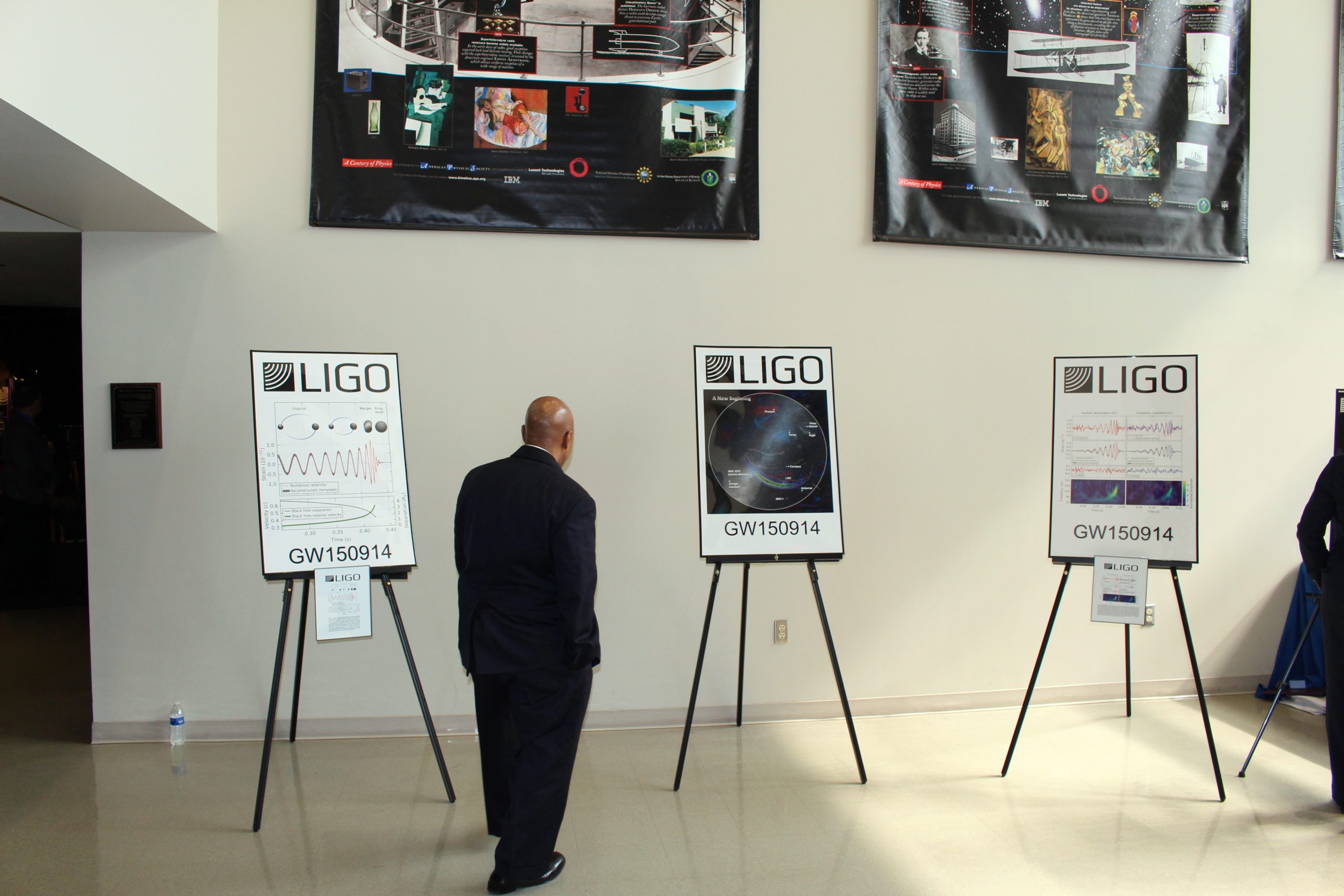
Gravitational waves are a consequence of general relativity. They're generated when two massive bodies are in close orbit around each other. Rather than entering a stable orbit, their interactions produce gravitational waves, ripples in the fabric of space. These waves carry energy away from the system, allowing the orbits to decay, eventually leading to a merger of the system.
General relativity makes some rather precise predictions about how quickly gravitational energy should radiate away from systems like this. We've discovered a number of binary systems over the years composed of massive, compact objects like neutron stars (the first such discovery was awarded a Nobel Prize). And, in each case, the behavior of these systems was consistent with the predictions of general relativity.
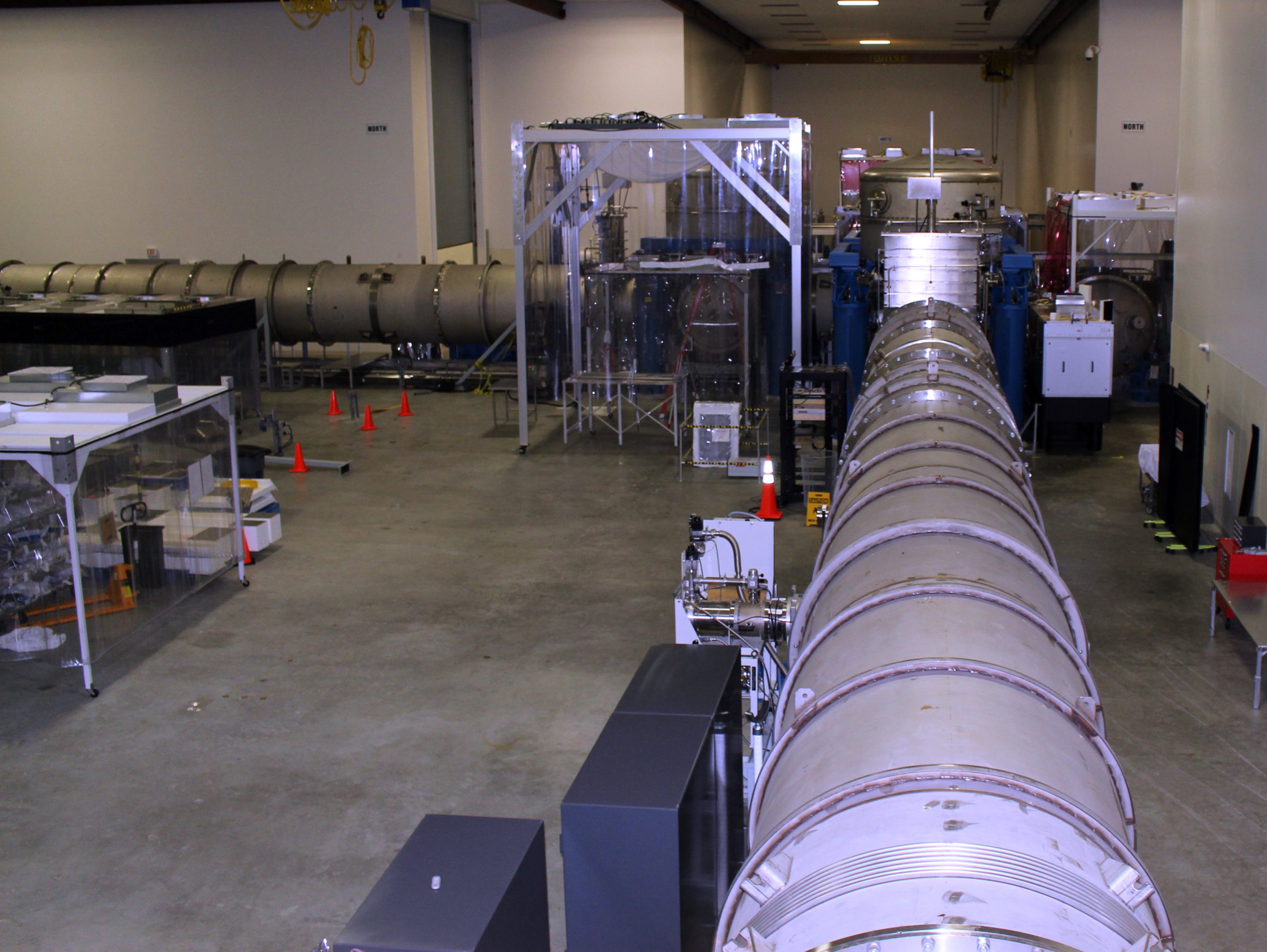
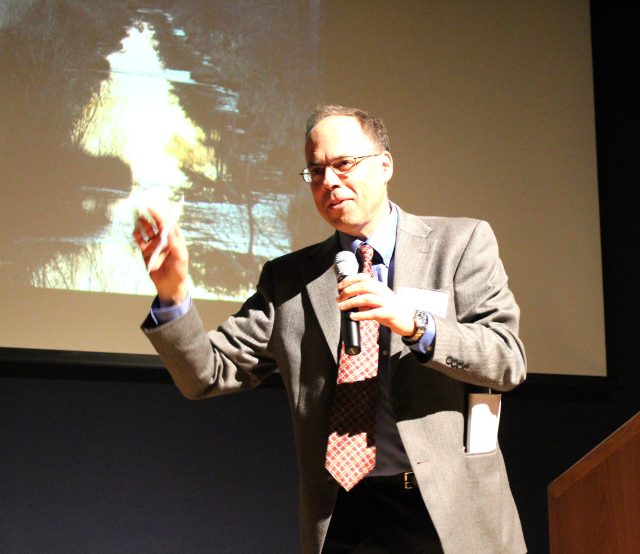
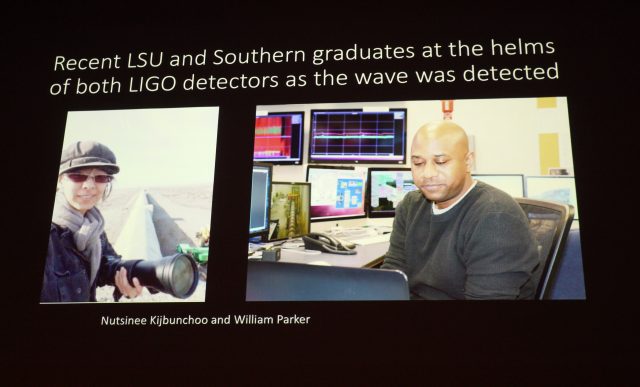
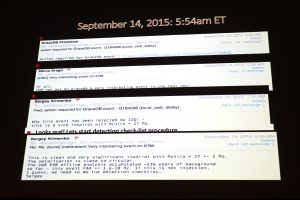
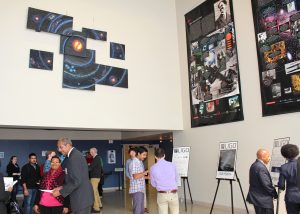

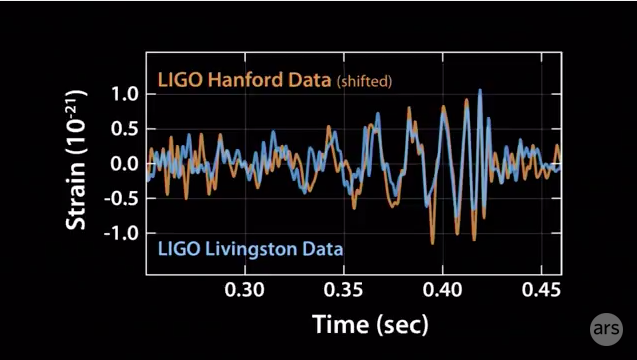

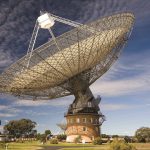

 Loading comments...
Loading comments...
